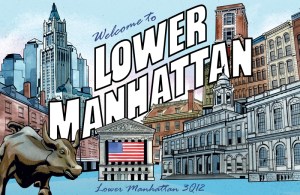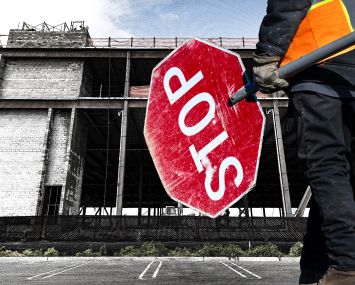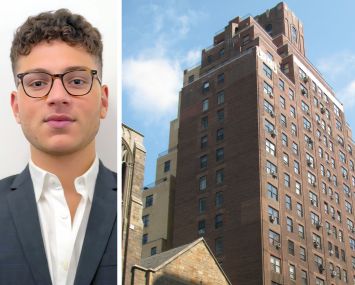Gleaming new skyscrapers are rising, and more are planned. A cavernous retail complex that was once the highest-grossing shopping mall in the country is being reborn. The biggest and boldest investment in grand transit infrastructure in a generation is winding its way toward completion.
There’s no doubt that Lower Manhattan, with its blooming residential population, is not the office district it was a decade ago. During the recession, while other areas of the city like Midtown were wilting as tenants cast space onto the market and leasing activity plunged, the area, which experts were initially concerned would suffer the worst of the downturn, unexpectedly held its own.
Downtown’s sparkling newness, combined with its economy—space there comes at a substantial discount to Midtown North and South—has already drawn big tenants who believe it will be the city’s commercial district of the future.
Last year, Condé Nast signed a lease in excess of 1 million square feet at 1 World Trade Center, a deal that was perhaps even more beneficial to lower Manhattan than all its construction projects combined, thanks to what analysts describe as the company’s ability transform the area’s staid image. As exciting as all the progress is, lower Manhattan success stories, as they often do, come with caveats.

A little more than a decade ago, riding high on the dot-com boom, the neighborhood’s availability rate shrunk to a record low 4.4 percent, according to statistics compiled by the real estate services firm CBRE. But by 2003, only three years later, the good times were over. That rate, which measures present vacancy and space that is expected to empty in the succeeding 12 months, skyrocketed to 15.4 percent after the tech sector went bust and the economy fell into a recession in the wake of 9/11.
Although CBRE currently measures availability at a historically healthy 10.6 percent, downside risks, ever-present in an area susceptible to quick-paced periods of deterioration, faces daunting upcoming vacancy. Next year, Bank of America is expected to give back about 2 million square feet at the World Financial Center.
An 850,000-square-foot block of space at 180 Maiden Lane currently occupied by AIG could also come available when it expires in 2014. Meanwhile, millions of square feet of vacant space will be introduced at the World Trade Center, where two office towers are under construction.
“Vacancy could fast rise to over 17 percent,” Robert Sammons, an economist and market analyst at the real estate services firm Cassidy Turley, told The Commercial Observer.
Taking into account all the space that could become empty, Mr. Sammons projected a vacancy rate of nearly 18 percent in lower Manhattan only a little over two years from now, in 2015. That would be the highest rate since the 1990s, when the area went through serious turmoil in the aftermath of the economic downturn of the early part of the decade and up to a quarter of the area’s space was vacant.
The downside risk has clearly caught the attention of the neighborhood’s biggest stakeholders. Brookfield Office Properties, the REIT that owns the World Financial Center office towers Downtown, has invested over $250 million in the 8-million-square-foot complex to redo its retail and dining space and create a connection with the World Trade Center.
Last week, as was first revealed by The Commercial Observer, the company said it would change the name of the World Financial Center complex to Brookfield Place, in what appears to be bid to reposition the image of the towers away from being a home for financial-sector tenants, whose appetite for space in the age of Dodd-Frank has continued to lag, to appeal to a broader audience. Some real estate experts also saw it as a bid to differentiate the similar-sounding towers from the World Trade Center site, which increasingly have appeared as competitors to Brookfield’s complex.
“The World Financial Center is a 25-year-old brand that has, to a certain degree, been in the shadow of the World Trade Center,” Andrew Peretz, a leasing executive at the services firm Cushman & Wakefield who specializes in leasing markets in Lower Manhattan and Midtown South, told The Commercial Observer. “It deserves its own identity. Brookfield is making a huge investment in the complex.”


